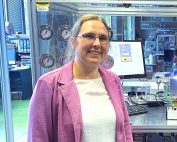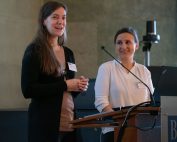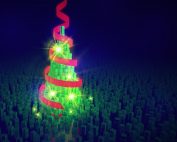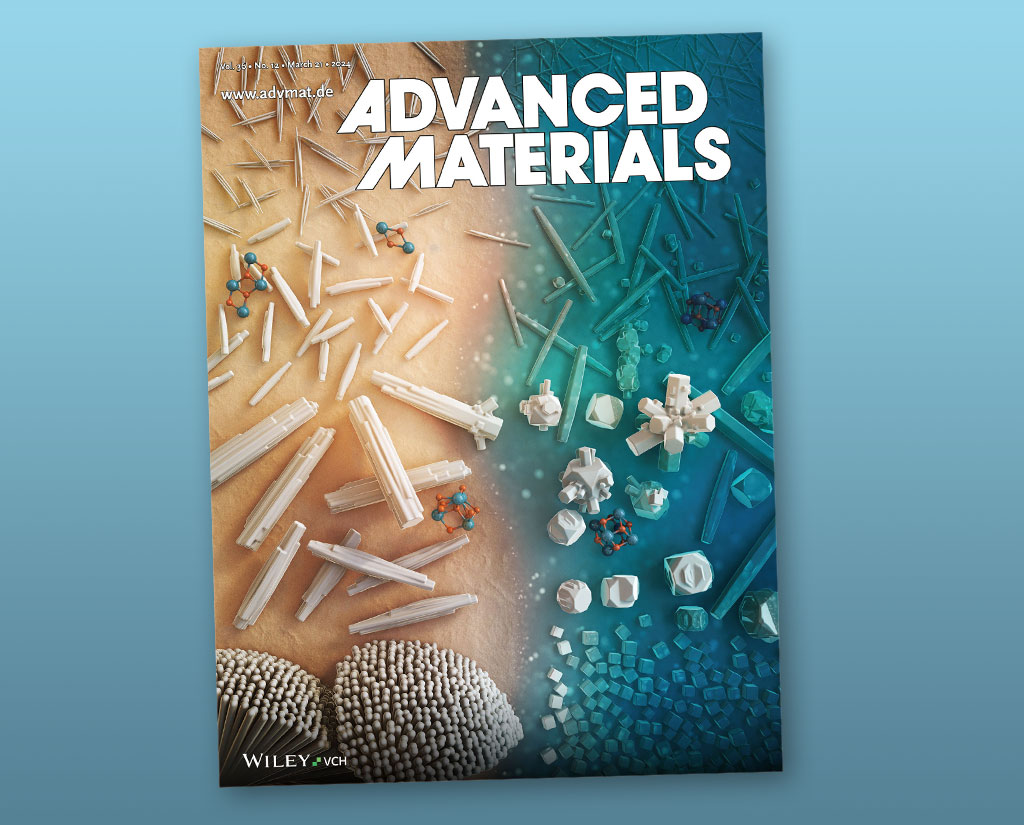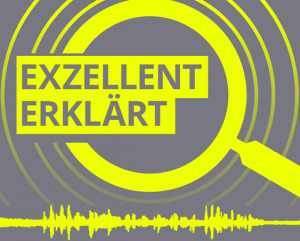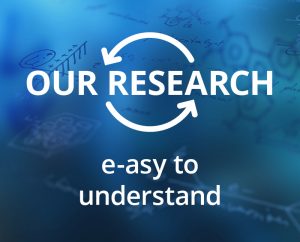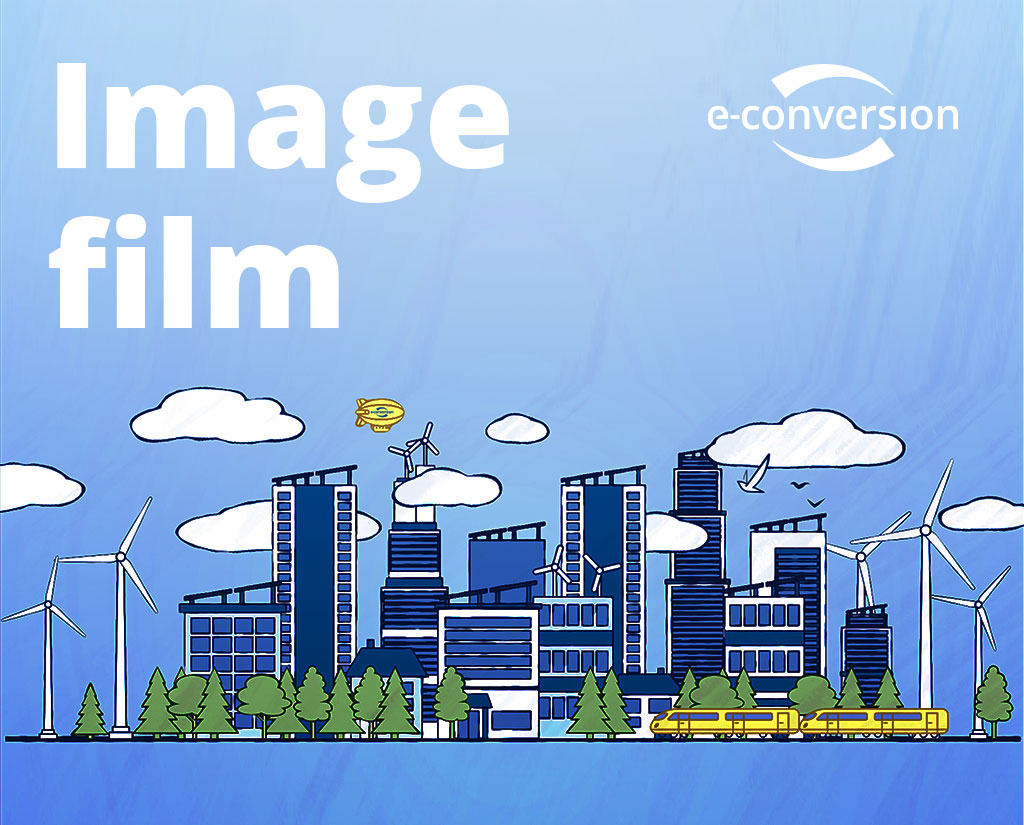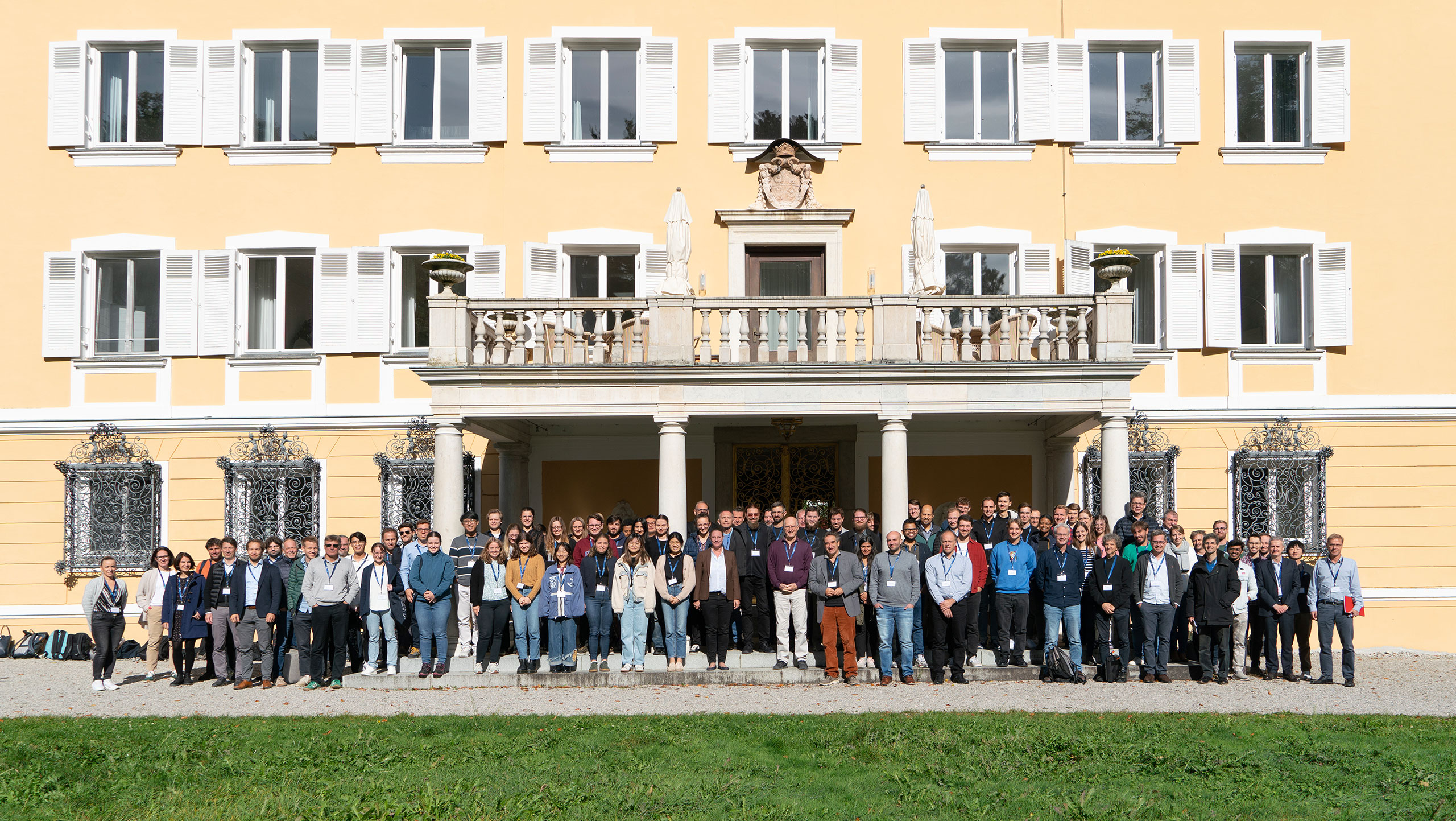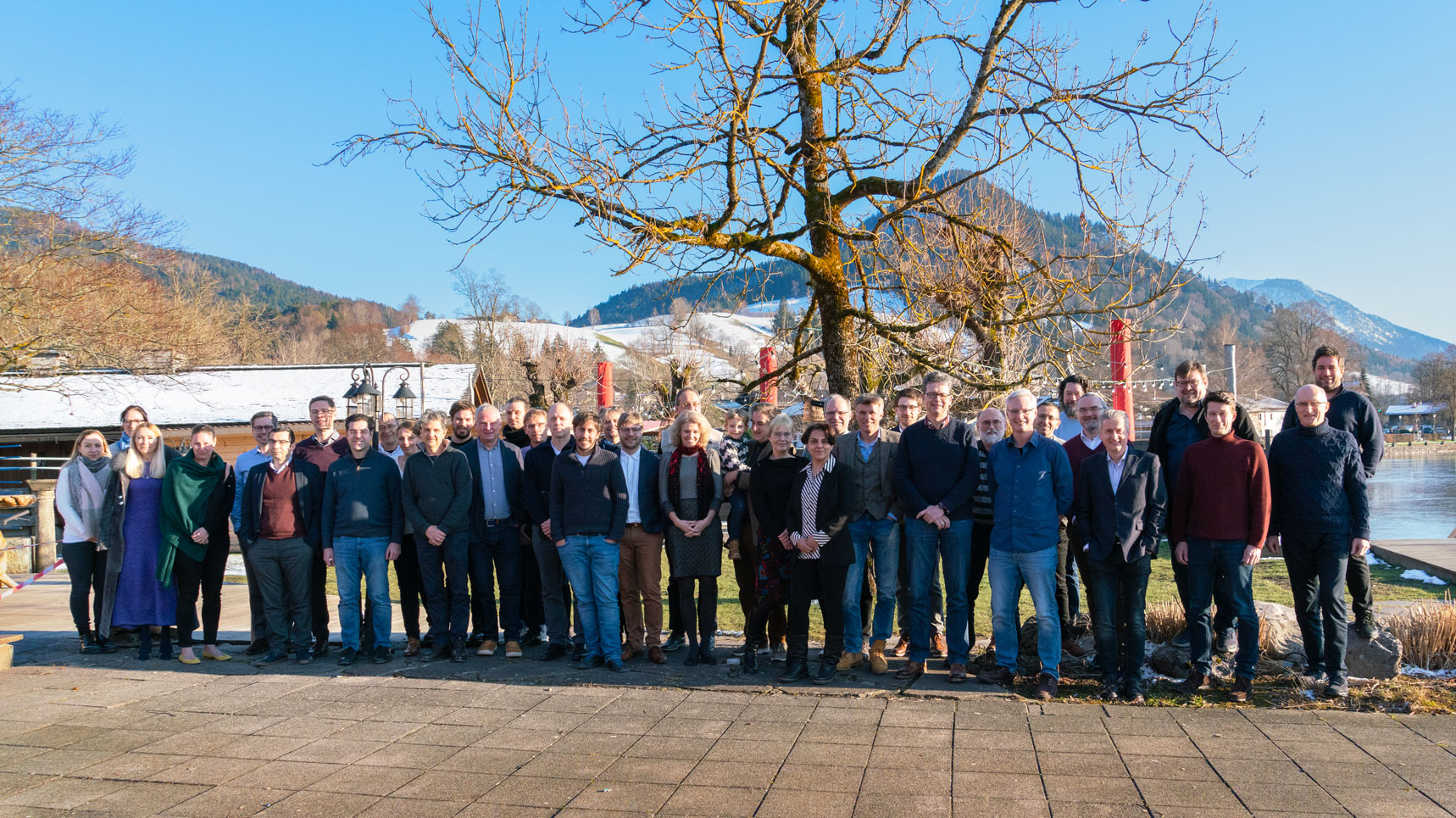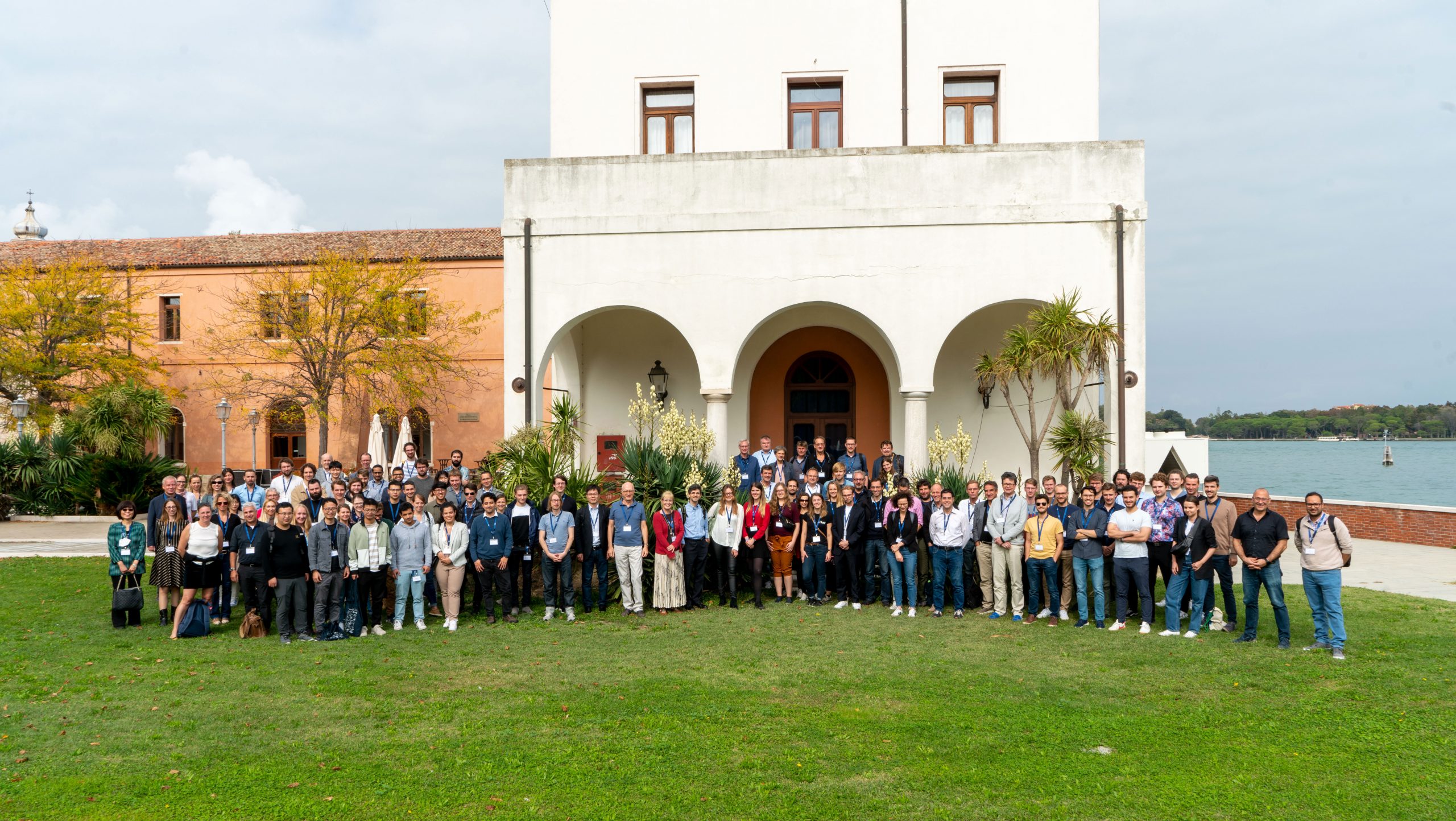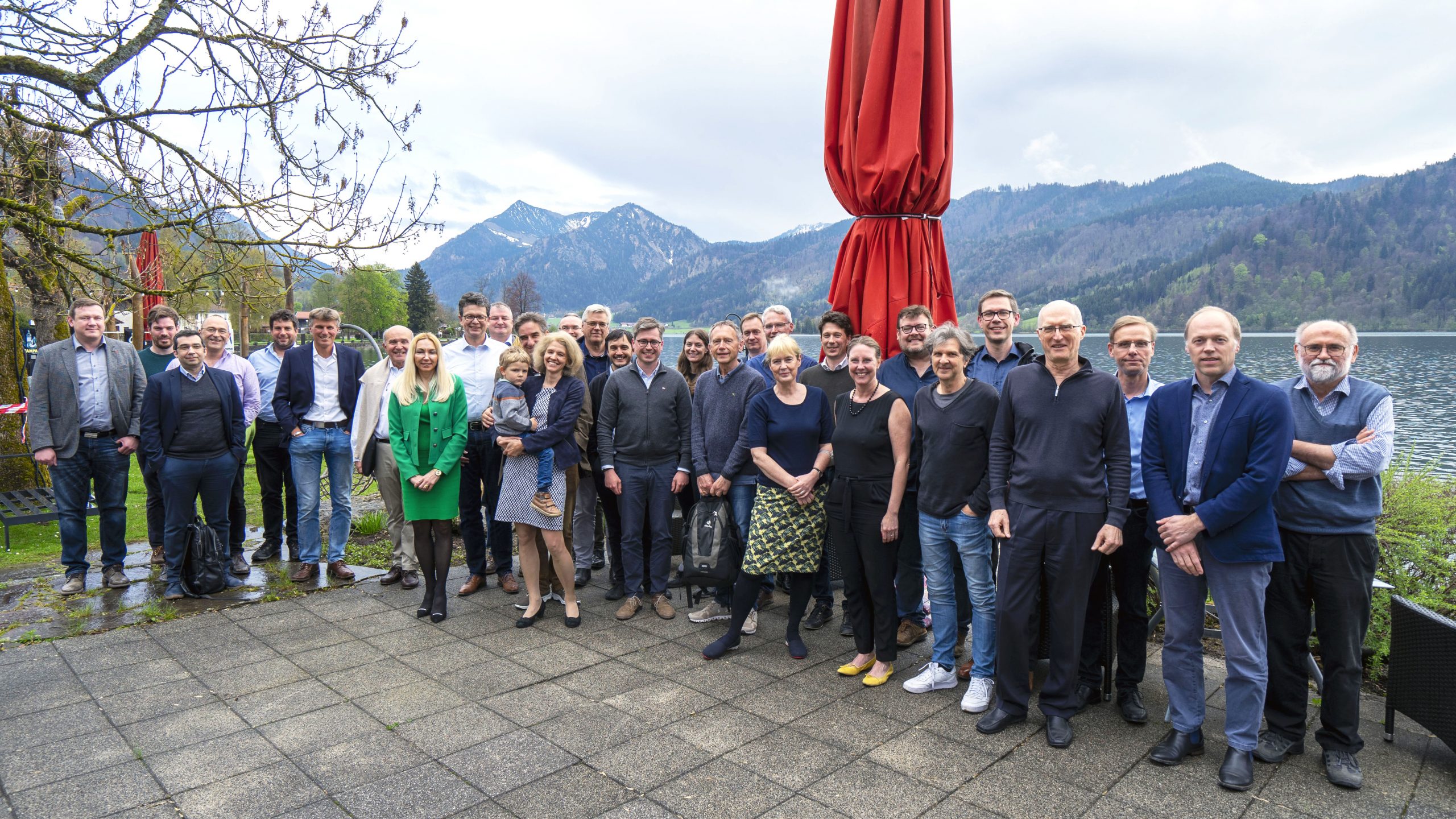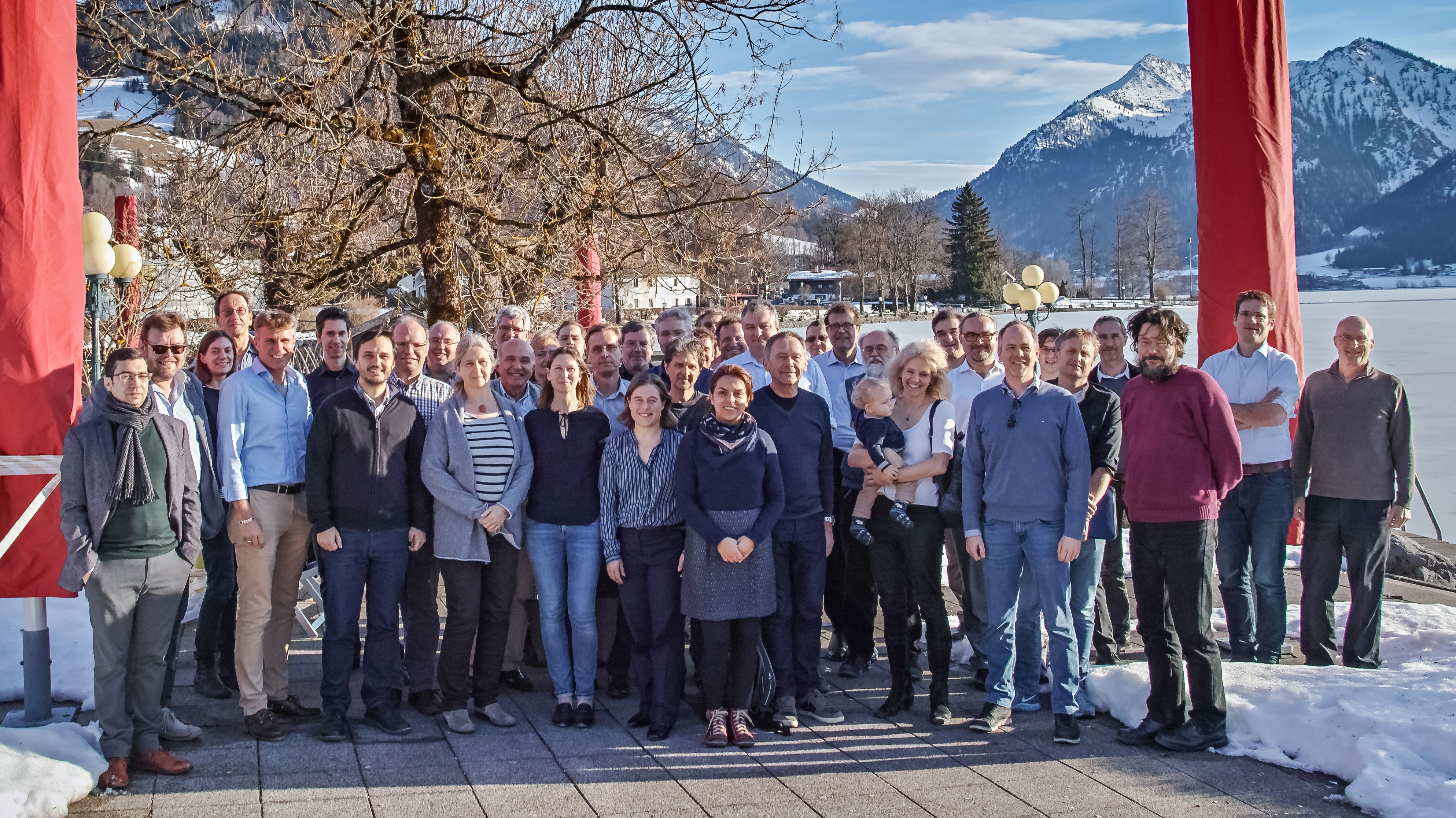Fundamentals of Energy Conversion Processes
A DFG Cluster of Excellence
News
Unchaining the power of catalysis
In this interview, Prof. Jennifer Strunk talks about how she wants to turn carbon dioxide into something useful, why artificial photosynthesis is so tricky, and what keeps her motivated for her research.
e-conversion welcomes new high-tech device
Advancing surface science with NAP-XPS.
Merry Christmas and a Happy New Year!
Greetings and wishes from e-conversion.
Events
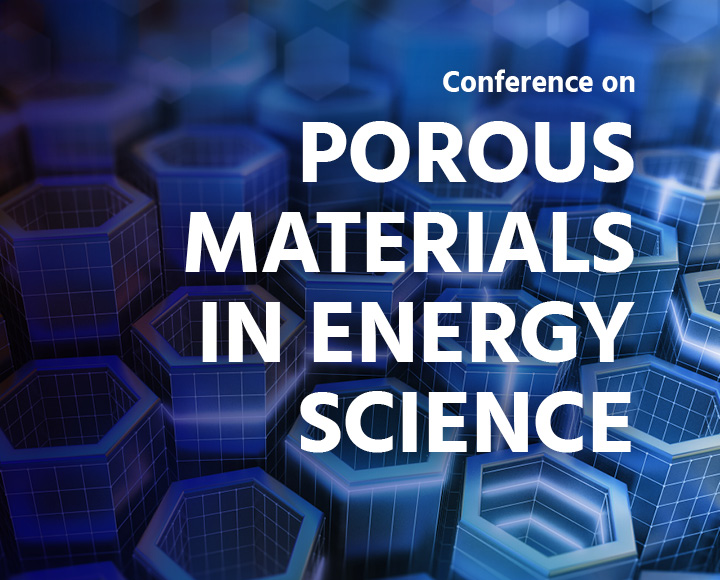
Conference on Porous Materials in Energy Science
from to
Scheduled
The Conference on Porous Materials in Energy Science is an international meeting of experts from the field of porous materials and energy science.

e-conversion conference 2024 in Venice
from to
Scheduled
We are looking forward to our e-conversion conference together with CeNS in September 2024.
Highlights
Recent Publications
In: Physical Chemistry Chemical Physics, vol. 26, no. 7, pp. 6277-6291, 2024, ISSN: 1463-9076.
Imaging built-in electric fields and light matter by Fourier-precession TEM Journal Article
In: Scientific Reports, vol. 14, no. 1, pp. 1320, 2024, ISSN: 2045-2322.
Please Mind the Gap: Highly Condensed P–N Networks in LiP4N7 and Li3−xP6N11−x(NH)x Journal Article
In: Chemistry – A European Journal, vol. 30, pp. e202303251, 2024, ISSN: 0947-6539.

